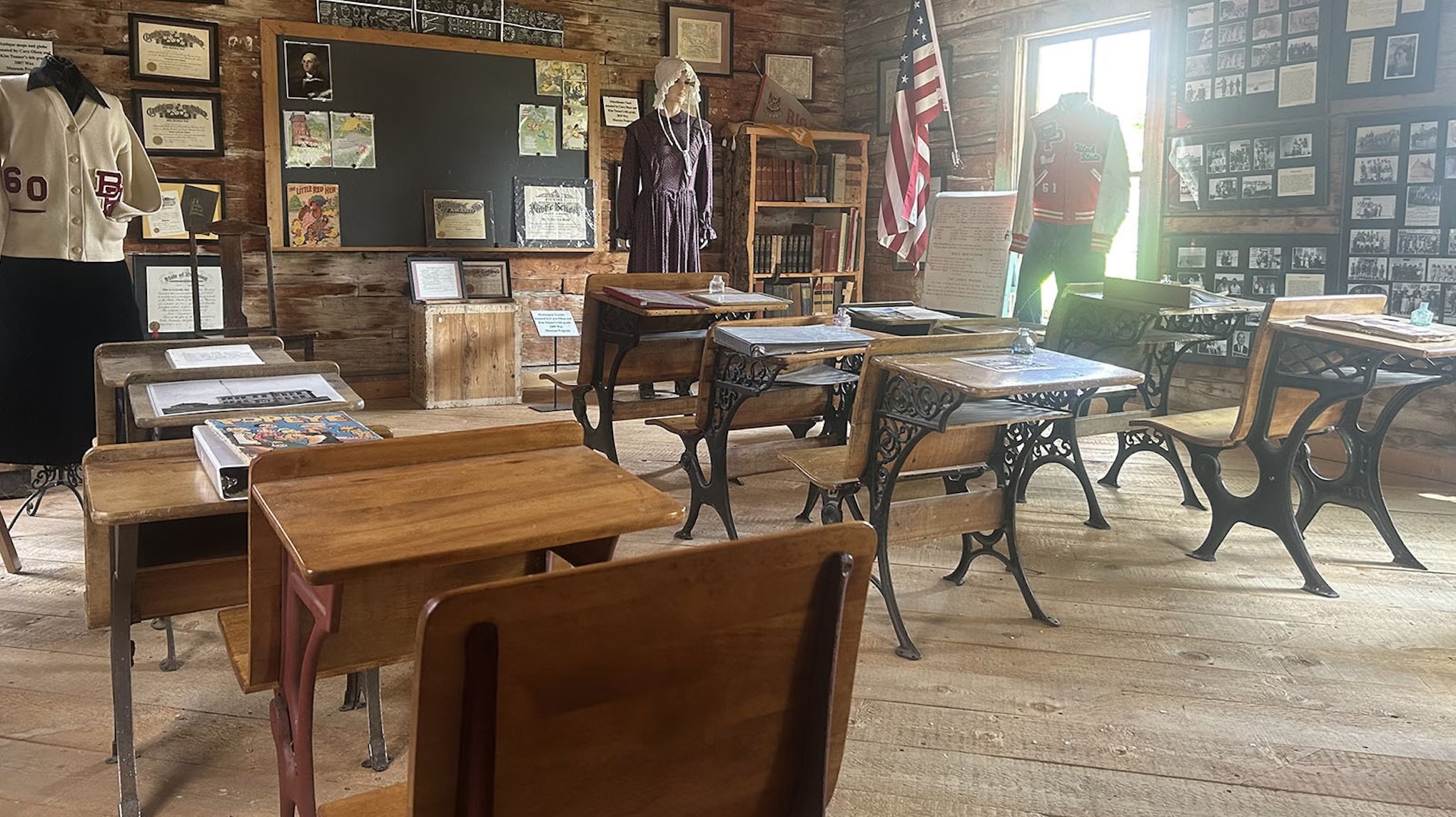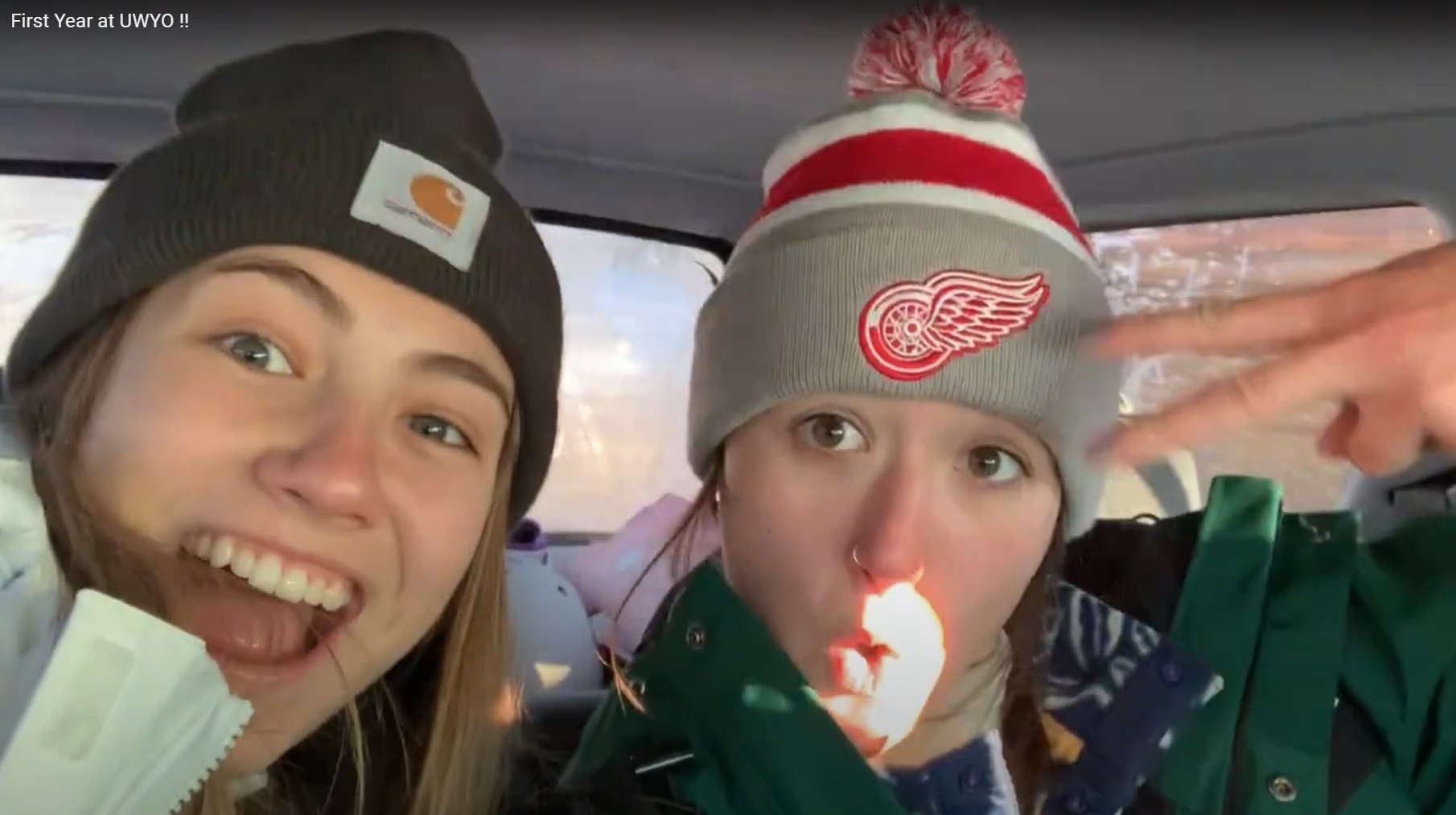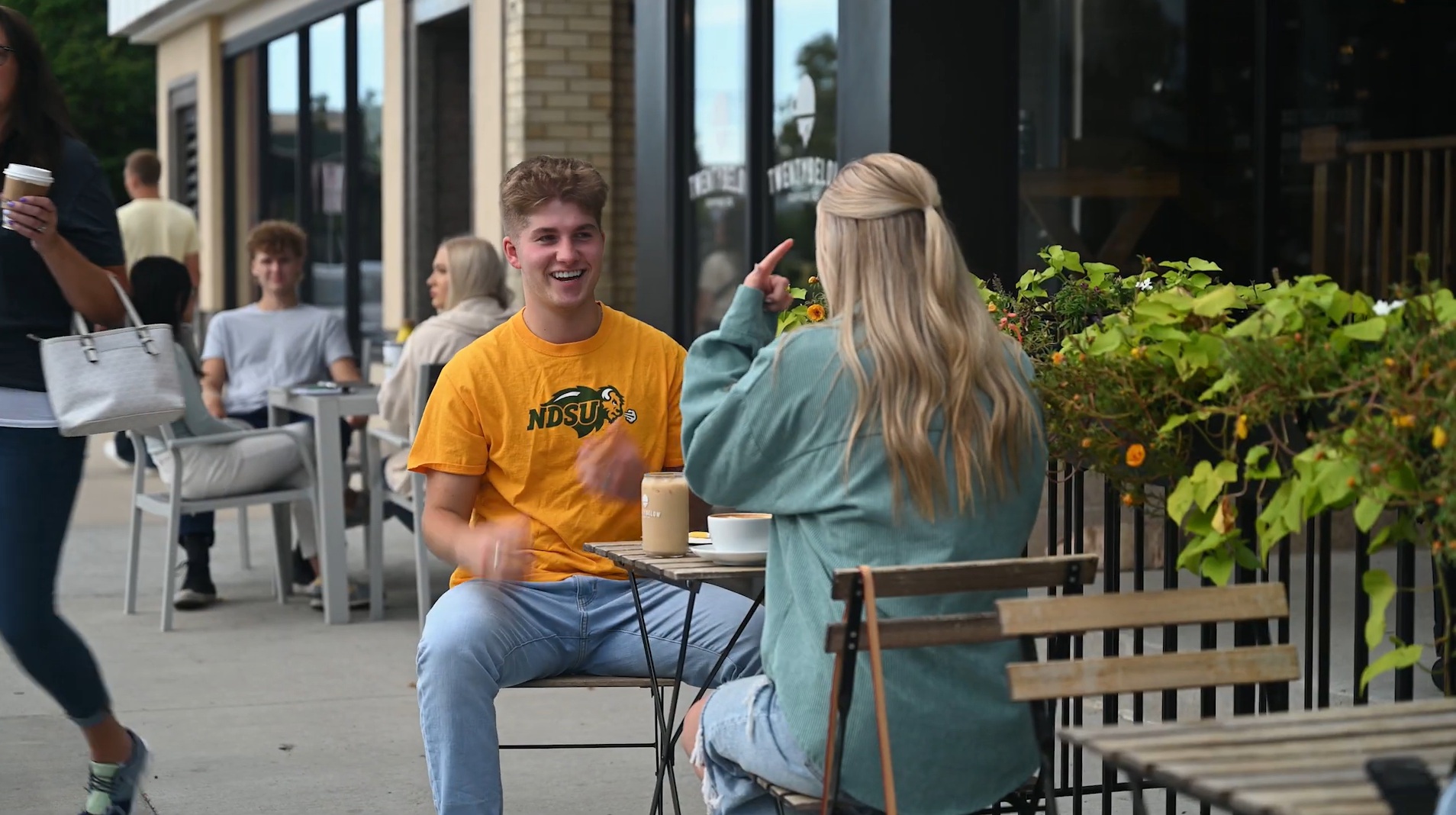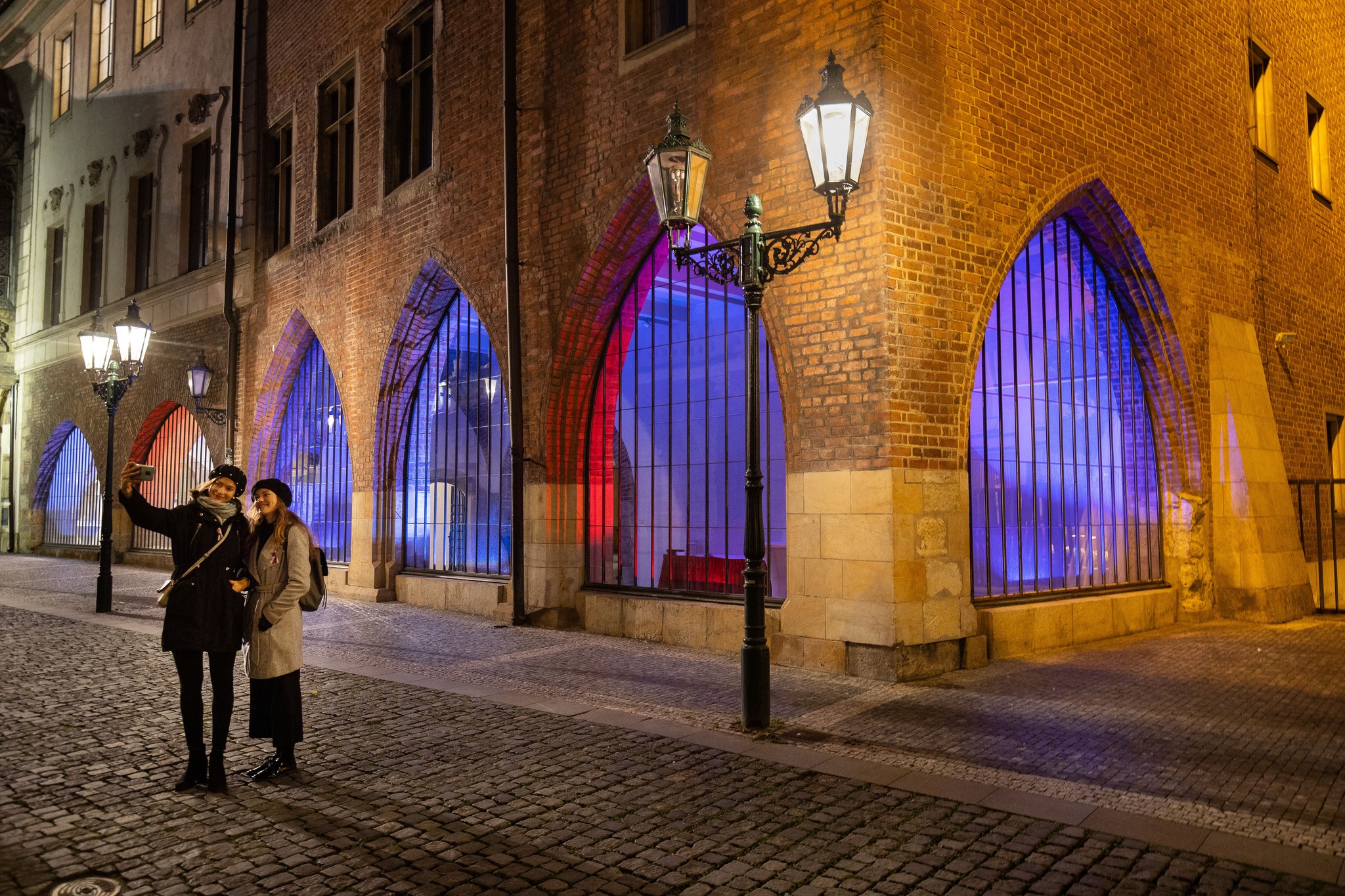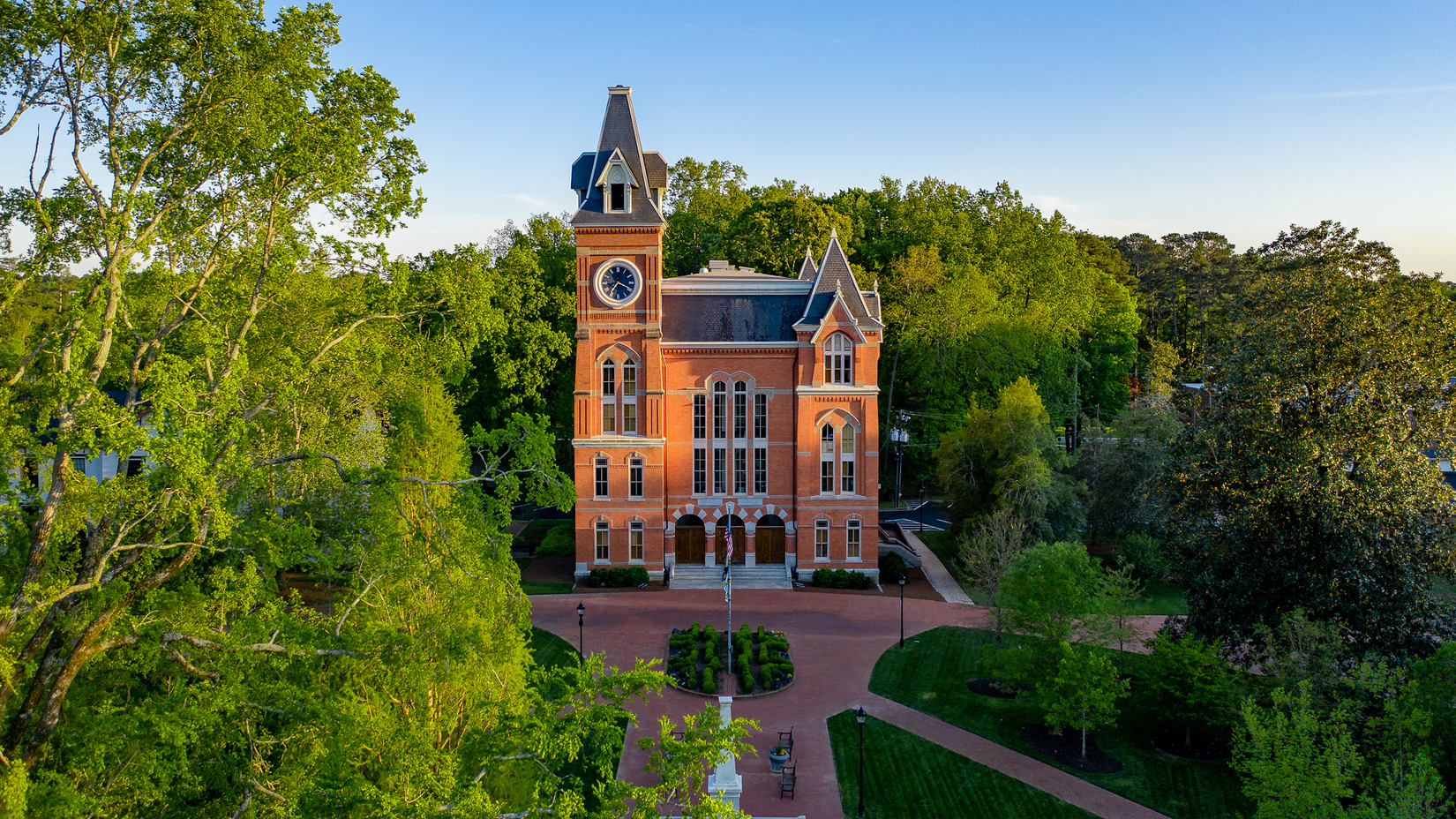Pork Chops with Red Cabbage and Pears
- Home Page 15

High Altitude Cinnamon Rolls & Cowboy Coffee
Net Position 2024: $1.304B (Page 22)
Old Main | 2021 Wyoming Building Code
Classes are underway at the University of Wyoming! Whether this is your first day of classes or the last time you’re starting your year as a Cowboy, good luck and we’re proud of all the hard work our Cowboys put in!#uwyo #TheWorldNeedsMoreCowboys #IAmACowboy #GoWyo #GoPokes pic.twitter.com/sev8I2pb8q
— University of Wyoming College of Arts & Sciences (@UWArtsSciences) August 22, 2022
“Ranch Life and the Hunting-Trail” | 1921 Theodore Roosevelt
Cinnamon Banana Pancakes
NDSU Net Position 2024: $570 M | Standards North Dakota | Capital Renewal Master Plan
Due to expected weather conditions, North Dakota State University Fargo campus locations will be closed Thursday, December 18.
Classes are canceled and offices are closed. NDSU will resume normal operations on Friday, December 19.
Updates to this announcement will be made on… pic.twitter.com/EcwVoAKIwm
— North Dakota State University (@NDSU) December 18, 2025
Old Main, North Dakota Agricultural College | Milton Earl Beebe, Architect
This week, NDSU is hosting the state Future Farmers of America (FFA) convention with over 1,000 students from across North Dakota. We’re excited to have these future Bison on campus as students soon! 🤘🚜#NDSU pic.twitter.com/OoMmrpHim9
— North Dakota State University (@NDSU) June 5, 2024
“The Liberals are Coming, and They’re Bringing Fancy Coffee” https://t.co/XykfCFYZgVhttps://t.co/exHU6TR2h9
America is changed by flight from miserable Blue States to better Red States—only to import the policies that created the misery they fled from in the first place. pic.twitter.com/OaVVgrTxJr— Standards Michigan (@StandardsMich) October 31, 2022
This week, NDSU is hosting the state Future Farmers of America (FFA) convention with over 1,000 students from across North Dakota. We're excited to have these future Bison on campus as students soon! 🤘🚜#NDSU pic.twitter.com/OoMmrpHim9
— North Dakota State University (@NDSU) June 5, 2024
Breaded Pork Tenderloin Sandwich
This content is accessible to paid subscribers. To view it please enter your password below or send mike@standardsmichigan.com a request for subscription details.
Kavárna u Rotlevů
“Bureaucracy is the death of any achievement”
ISO: National Standards of the Czech Republic
UNMZ Czech Office for Standards, Metrology, and Testing
🎽 What do our students Eliška Martínková and Eduard Kubelík compete in?
🎥 They will tell you in our reel. pic.twitter.com/Tev5jZ6Vn1
— Charles University (@CharlesUniPRG) August 10, 2024
Eggs Benedict & Cowboy Coffee
Standards Wyoming | Kitchen Standards
Weekly Construction Report: January 9-15
“A Social Critique of the Judgement of Taste” — Pierre Bourdieu, Harvard University Press 1984
Cowboy Coffee | Appetite for Knowledge
Vicki Hayman, University of Wyoming Extension Nutrition Educator, explains how to put together an English muffin, poached egg, Canadian bacon, and a homemade hollandaise sauce named after Lemuel Benedict, a Wall Street banker who, in 1894, ordered a hangover remedy at the Waldorf Hotel in New York. He requested buttered toast, poached eggs, crisp bacon, and hollandaise sauce.
The hotel’s maître d’hôtel, Oscar Tschirky, was impressed and adapted the dish for the menu, swapping bacon for ham and toast for an English muffin, naming it Eggs Benedict in his honor. Another claim links it to Commodore E.C. Benedict, but the Lemuel story is more widely accepted. The dish’s luxurious combination of poached eggs, ham, English muffin, and hollandaise sauce cemented its fame as a breakfast classic.
Matcha Latte
Consolidated Financial Statement 2022: Net Position $13.033B (PDF Page 4) | Standards Georgia
Sasaki: Emory University Master Plan | American Campus Communities: The Ridge Graduate Housing
The Oxford Olympics is a cherished tradition for incoming students @EmoryOxford— an evening filled with exciting team activities and friendly competition. Congrats to the Light Blue team for winning first place! 🎉 Full gallery: https://t.co/ahPzeqd2Zr pic.twitter.com/WUNQNLFUJC
— Emory University (@EmoryUniversity) September 2, 2025
Footwear Design
This content is accessible to paid subscribers. To view it please enter your password below or send mike@standardsmichigan.com a request for subscription details.
Ice Swimming
January 1st is Polar Bear Plunge Day in the Great Lakes. It is also popular among the young in other “watery” universities around the world.
2023 St. Clair College Polar Bear Plunge
Polar Plunge at the University of Michigan
Can't do this anywhere else. Your call 📱 pic.twitter.com/BtWCpbM87C
— Bobby Guntoro (@bobbygunt) July 18, 2024
Cold shower? Ice swimming? ‘In 2014, researchers at Radboud University in the Netherlands investigated one of Hof’s bolder statements: that his regime can be used to control the immune system.’ @radboudumc @newscientist @Radboud_Uni https://t.co/I9nqlJbUQQ
— Radboudumc wetenschap (@radboudumc_weet) April 22, 2021
Polar Bear Plunge Day https://t.co/TlUn5IWtuX via @natltoday
— Standards Michigan (@StandardsMich) December 30, 2023
Get in on the thrill of your life with the IcePod ❄️
Experiencing all the benefits of cold plunge therapy in the comfort of your own home. 💪
Get 56% OFF for TODAY ONLY! 🔥
— Space Therapy Pro (@spacetherapypro) August 28, 2023
Ice Swimming in Finland pic.twitter.com/UKfpdO1fsI
— 60 Second Docs (@60SecDocs) February 20, 2023
Pleasures and Hazards
Pleasures:
- Increased adrenaline rush: Cold water swimming can produce a surge of adrenaline in the body, which can make you feel more energized and alert.
- Improved mood: Cold water swimming has been associated with an increased release of endorphins, which can elevate your mood and reduce stress levels.
- Improved immune function: Cold water swimming has been shown to improve immune function, possibly due to the stress response induced by the cold water.
- Sense of accomplishment: Many people find ice swimming to be a challenging and rewarding experience, providing a sense of accomplishment and pride.
- Social bonding: Ice swimming can be a social activity, with groups of people coming together to share the experience and support each other.
Hazards:
- Hypothermia: Prolonged exposure to cold water can cause hypothermia, which can be life-threatening if left untreated.
- Cold shock response: Entering cold water can cause an involuntary gasp reflex, which can lead to drowning if it occurs while the head is underwater.
- Heart problems: Cold water swimming can put a strain on the heart and increase the risk of heart attack or stroke in people with underlying cardiovascular disease.
- Frostbite: Exposed skin can become frostbitten in cold water, particularly in extremities such as the fingers and toes.
- Injury from slipping or falling: Ice swimming can be hazardous if proper safety precautions are not taken, such as wearing appropriate footwear and using a rope or ladder to enter and exit the water.
College Polar Bear Plunges
Hot chocolate vs. hot cocoa
2026 General Fund Revenue & Expenditures: $1.738B $ Integrated Facilities and Land Use
MSU receives record-breaking $401 million commitment
Why Does The Modern World Make No Sense?
“…Hot cocoa and hot chocolate are terms that we often used interchangeably. Technically, hot cocoa and hot chocolate are as different as milk chocolate and bittersweet chocolate. Hot cocoa is made with cocoa powder, the way my mother made it when I was a kid. Hot chocolate is made from melting chocolate bars into cream…”
Plant science at your dinner table: Hot chocolate vs. hot cocoa
You’ve never heard the fight song like this.
MSU College of Music students, faculty and alumni picked up classroom instruments and turned them into something unforgettable.
No sheet music. No rehearsal. Just serious music skills and some Spartans Will. pic.twitter.com/a1yPaLXLDQ
— MSU (@michiganstateu) July 31, 2025
New update alert! The 2022 update to the Trademark Assignment Dataset is now available online. Find 1.29 million trademark assignments, involving 2.28 million unique trademark properties issued by the USPTO between March 1952 and January 2023: https://t.co/njrDAbSpwB pic.twitter.com/GkAXrHoQ9T
— USPTO (@uspto) July 13, 2023
Standards Michigan Group, LLC
2723 South State Street | Suite 150
Ann Arbor, MI 48104 USA
888-746-3670



